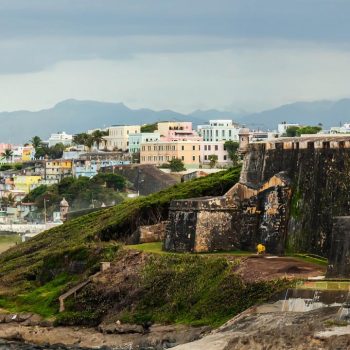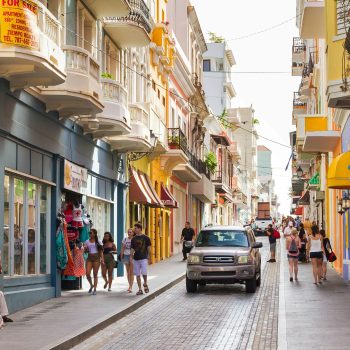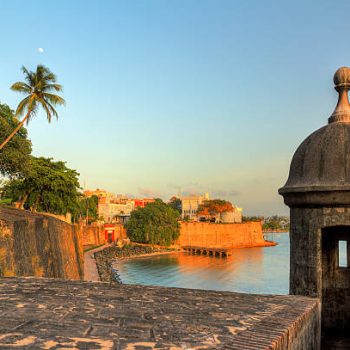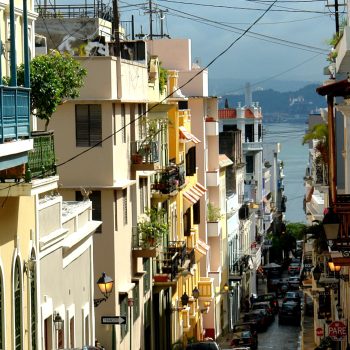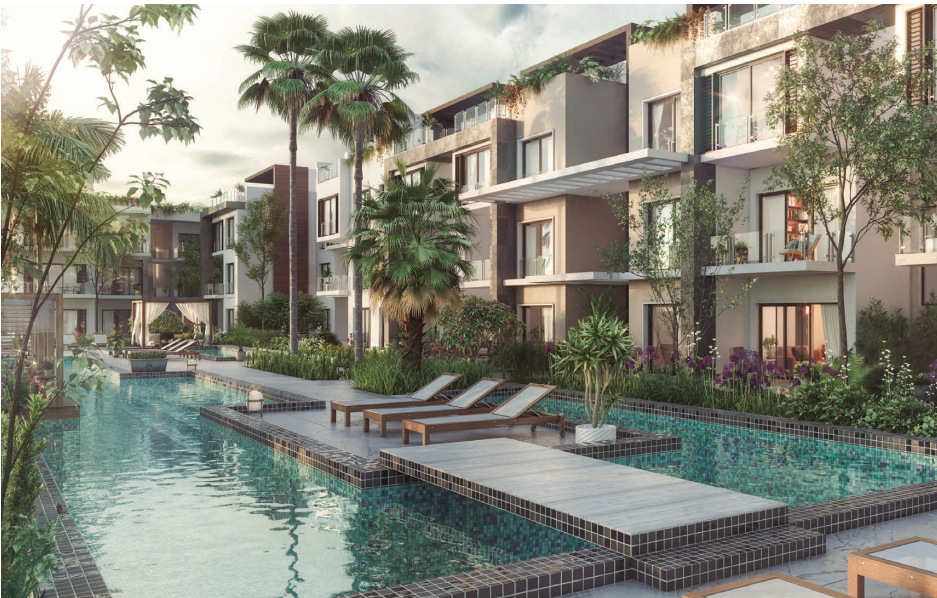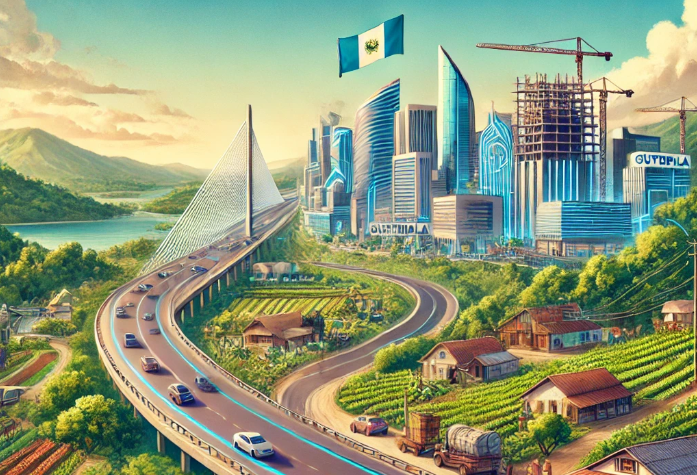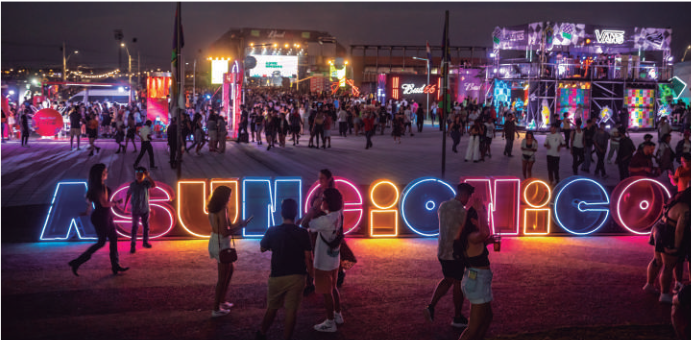Charting a Course for Economic Triumph
The stability we have achieved over the past three years has been one of the hallmarks of my administration”, assures Pedro Pierluisi, governor of Puerto Rico. Since 2021, Puerto Rico’s blend of Caribbean charm and American influence has received an important economic push, and today it stands strong with consistent economic growth, the lowest unemployment rate in its history (5.7 percent) and an 11 percent new jobs increase. These remarkable achievements are clear indicators of the island’s economic resilience in the face of major natural challenges (such as Hurricane Maria in 2017, earthquakes in 2020 and Hurricane Fiona in 2022), as well as the efforts put in place by the government and the private sector to become one of the Americas’ key manufacturing hubs, to diversify its tourism sector, and to promote its infrastructure and energy sustainability.
Puerto Rico’s manufacturing sector has been consistently growing and evolving to the point where today it constitutes its largest industry, representing 43 percent of its GDP and producing more than $48 billion in 2022. Its particular emphasis on pharmaceutical manufacturing currently places it as the United States’ No. 1 bioscience manufacturing hub, producing 75 percent of FDA Class III device manufacturers. “Our manufacturing industry is highly sophisticated, hosting 12 of the top 20 biopharma companies and seven of the top 10 medical device manufacturers in the world,” states Pierluisi. Other manufacturing sub-industries that have doubled or even tripled their net income growth since 2018 are machinery, apparel, textile mill, wood and fabricated metal products, earning Puerto Rico global recognition for its skilled workforce and optimal manufacturing processes in industries like the military, aerospace, automotive and medical.
Puerto Rico is also placing great efforts in increasing its tourism base. Since 95 percent of visitors come from the United States, the country isexpanding flight services by establishing daily year-round flights to countries like Spain, a vital gateway for European tourists; reinstating direct flight services from London and Frankfurt; and opening new ones with Mexico and Colombia, the latest key player in their tourism industry. “Our objective is to diversify our tourism offer. We want Puerto Rico to be celebrated worldwide, not to remain a hidden gem,” states Pierluisi. Additionally, Puerto Rico is keen to take advantage of its strategic location and unique legal status to become the ideal destination for Latin American and Spanish companies to learn how to conduct business under U.S. law, and conversely, as an excellent hub or marketing location for U.S. companies engaging in business in Latin America. Other crucial advancements are the P3 infrastructure developments like the Luis Muñoz Marín International Airport and the expansion of the Port of San Juan, as well as the widespread installation of solar panels across the island, which has placed them among the U.S.’ top five solar-friendly jurisdictions. Given the solid economic performance of recent years and their advances in diversification and innovation, Puerto Rico’s position as a regional economic hub is certainly getting stronger by the day.
🟡Investing in San Juan’s economic resilience and growth
San Juan, Puerto Rico’s 500-year-old capital and home to 20 percent of the country’s economic activity, is in the midst of a major transformation. Since Mayor Miguel Romero Lugo took office in 2021, the city has been experiencing an important economic revival thanks to the dual emphasis placed on developing its tourism and its business potential through advantageous tax incentive programs, key infrastructure development and strategic investment of federal funds to propel economic growth and build resilience. On the one hand, they have used federal recovery funds to invest over $70 million in infrastructure like public lighting and road repair and to provide tax incentives and economic assistance to private businesses. As Romero Lugo explains, “During my administration, we have filed 32 code agreements with local businesses, as well as tax exemptions, that have allowed them to invest close to $17 million and create around a thousand new jobs.” They are also introducing new tax incentive codes to complement those provided by the state and make the city even more attractive to future investors. “Sometimes people see the government as a problem, not as a facilitator,” assures Daphne Barbeito, San Juan’s economic development and tourism director, “but we are here to provide orientation to anybody who wants to come to San Juan and open a business.”
Furthermore, they are actively promoting tourism in conjunction with business development. Thus, they created the city’s brand “Vive tu historia, San Juan” (or “Create your San Juan story”) to promote the capital as the ideal destination for local and international tourists; developed a webpage that not only offers information about the city but serves as portal to hire all the services visitors might require; and launched touristic programs like the gastronomic route “Prueba San Juan” (Taste San Juan), which gave 19 small local businesses great visibility and is the blueprint for three more routes to showcase the city’s rich art and history. Distrito T-Mobile, a 476,000-square-foot entertainment and retail district complex seeks to promote the city as a top entertainment destination. They have also focused on promoting all the city has to offer in several international fairs, such as Spain’s Fitur, Colombia’s Anato and their own campaign launched at New York’s Penn Station and directed at the 5 million Puerto Ricans living in the diaspora. Above all, their goal is to continue providing a long-term, comprehensive program that will help local businesses grow and create jobs by using funds in a responsible way. Like Romero Lugo says, “When we first started, the city was in a state of decay and the morale was on the floor. So, we began working on people’s needs and now, after all the programs we have put into motion, we are seeing a positive impact.”
San Juan, Puerto Rico’s 500-year-old capital and home of 20 percent of the country’s economic activity, is in the midst of a major transformation.
